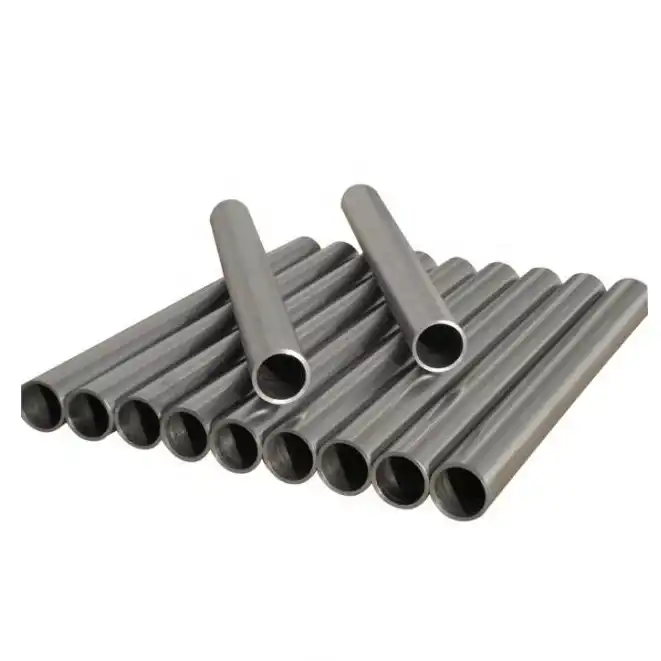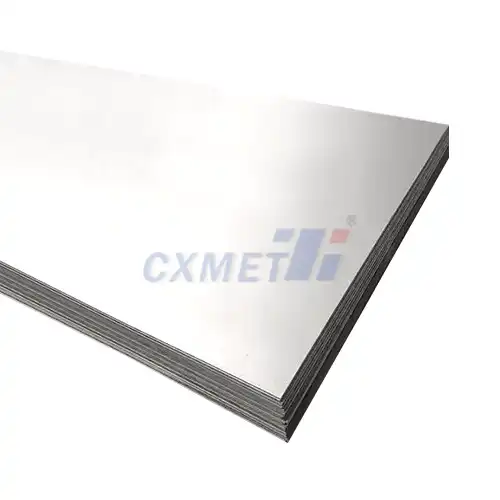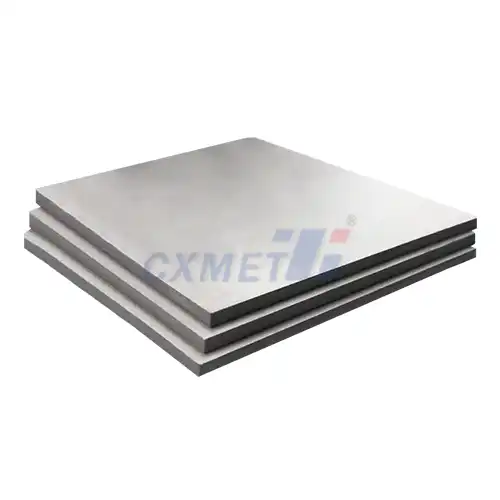- English
- French
- German
- Portuguese
- Spanish
- Russian
- Japanese
- Korean
- Arabic
- Greek
- German
- Turkish
- Italian
- Danish
- Romanian
- Indonesian
- Czech
- Afrikaans
- Swedish
- Polish
- Basque
- Catalan
- Esperanto
- Hindi
- Lao
- Albanian
- Amharic
- Armenian
- Azerbaijani
- Belarusian
- Bengali
- Bosnian
- Bulgarian
- Cebuano
- Chichewa
- Corsican
- Croatian
- Dutch
- Estonian
- Filipino
- Finnish
- Frisian
- Galician
- Georgian
- Gujarati
- Haitian
- Hausa
- Hawaiian
- Hebrew
- Hmong
- Hungarian
- Icelandic
- Igbo
- Javanese
- Kannada
- Kazakh
- Khmer
- Kurdish
- Kyrgyz
- Latin
- Latvian
- Lithuanian
- Luxembou..
- Macedonian
- Malagasy
- Malay
- Malayalam
- Maltese
- Maori
- Marathi
- Mongolian
- Burmese
- Nepali
- Norwegian
- Pashto
- Persian
- Punjabi
- Serbian
- Sesotho
- Sinhala
- Slovak
- Slovenian
- Somali
- Samoan
- Scots Gaelic
- Shona
- Sindhi
- Sundanese
- Swahili
- Tajik
- Tamil
- Telugu
- Thai
- Ukrainian
- Urdu
- Uzbek
- Vietnamese
- Welsh
- Xhosa
- Yiddish
- Yoruba
- Zulu
What are the Properties of High Standard Gr12 Titanium Alloy Bar?
2025-03-24 15:58:59
High Standard Grade 12 Titanium Alloy Bar is a premium material known for its exceptional properties and versatile applications in various industries. This alloy, also referred to as Ti-0.3Mo-0.8Ni, combines the inherent strengths of titanium with the added benefits of molybdenum and nickel. The result is a material that offers superior corrosion resistance, high strength-to-weight ratio, and excellent performance in extreme environments. In this comprehensive guide, we'll explore the key properties, applications, and advantages of High Standard Gr12 Titanium Alloy Bar, providing valuable insights for engineers, manufacturers, and industry professionals.
|
|
|
What are the mechanical properties of Grade 12 Titanium?
Grade 12 Titanium, as part of the alpha-beta alloy family, exhibits a remarkable combination of mechanical properties that make it highly desirable for various applications. These properties stem from its unique composition and microstructure, which contribute to its overall performance and durability.
Strength: High Standard Gr12 Titanium Alloy Bar boasts impressive strength characteristics. It typically has a tensile strength ranging from 690 to 895 MPa (100 to 130 ksi), depending on the specific heat treatment and processing conditions. This high strength allows for the creation of lightweight yet robust components, making it ideal for applications where weight reduction is crucial without compromising structural integrity.
Yield Strength: The yield strength of Grade 12 Titanium is equally impressive, typically falling between 585 and 795 MPa (85 to 115 ksi). This property ensures that the material can withstand significant loads without permanent deformation, making it suitable for applications involving cyclic or fluctuating stresses.
Elongation: Grade 12 Titanium exhibits good ductility, with elongation values typically ranging from 10% to 16%. This characteristic allows for some degree of plastic deformation before failure, which is beneficial in applications requiring formability or where the material may be subjected to impact loads.
Modulus of Elasticity: The elastic modulus of Grade 12 Titanium is approximately 103-110 GPa (15-16 x 10^6 psi), which is lower than that of steel but higher than many other titanium alloys. This property contributes to the material's ability to flex under load and return to its original shape, making it suitable for applications requiring both strength and flexibility.
Fatigue Strength: Grade 12 Titanium demonstrates excellent fatigue resistance, with a high endurance limit relative to its tensile strength. This property is particularly valuable in applications involving repeated loading cycles, such as aerospace components or industrial machinery.
Fracture Toughness: The alloy exhibits good fracture toughness, which is the ability to resist crack propagation under stress. This property enhances the material's overall reliability and safety in critical applications.
Hardness: Grade 12 Titanium typically has a Rockwell C hardness ranging from 30 to 40, depending on the specific heat treatment. This moderate hardness contributes to the alloy's wear resistance while still allowing for machining and fabrication.
These mechanical properties collectively make High Standard Gr12 Titanium Alloy Bar an excellent choice for applications requiring high strength, low weight, and good fatigue resistance. Its performance characteristics are particularly well-suited for use in corrosive environments or where high temperatures may be encountered, as we'll explore in the following sections.
How does Grade 12 Titanium compare to other titanium alloys in terms of corrosion resistance?
Grade 12 Titanium stands out among titanium alloys for its exceptional corrosion resistance, particularly in harsh and demanding environments. To fully appreciate its capabilities, it's essential to compare it with other titanium grades and understand the factors contributing to its superior performance.
Comparison with Pure Titanium (Grade 1-4): While commercially pure titanium grades offer good corrosion resistance due to their ability to form a protective oxide layer, Grade 12 Titanium surpasses them in more aggressive environments. The addition of molybdenum and nickel in Grade 12 enhances its resistance to crevice corrosion and reduces its susceptibility to hydrogen embrittlement, making it more suitable for applications involving strong acids or chloride-rich environments.
Comparison with Ti-6Al-4V (Grade 5): Grade 5 titanium is widely used for its excellent strength-to-weight ratio, but Grade 12 offers superior corrosion resistance in certain environments. Particularly in reducing acids and hot chloride solutions, Grade 12 demonstrates better performance due to its molybdenum content, which stabilizes the protective oxide layer.
Resistance to Specific Corrosive Media:
- Seawater and Marine Environments: Grade 12 Titanium exhibits outstanding resistance to seawater corrosion, outperforming many other titanium alloys and competing materials like stainless steels. Its resistance to pitting and crevice corrosion in chloride-rich environments makes it an excellent choice for marine applications, offshore oil and gas equipment, and desalination plants.
- Acids: Grade 12 Titanium shows exceptional resistance to a wide range of acids, including sulfuric, hydrochloric, and phosphoric acids. It performs particularly well in reducing acid environments where other titanium alloys might struggle.
- Oxidizing Environments: While most titanium alloys perform well in oxidizing conditions, Grade 12 maintains its integrity even at elevated temperatures, making it suitable for chemical processing equipment and heat exchangers in corrosive atmospheres.
Factors Contributing to Enhanced Corrosion Resistance:
- Molybdenum Content: The addition of molybdenum (approximately 0.3%) plays a crucial role in enhancing the alloy's resistance to localized corrosion, particularly in chloride-containing environments. Molybdenum helps stabilize the passive film and increases its resistance to breakdown.
- Nickel Content: The presence of nickel (about 0.8%) contributes to improved corrosion resistance in reducing environments and helps maintain the alloy's mechanical properties at elevated temperatures.
- Passive Layer Formation: Like other titanium alloys, Grade 12 forms a stable, self-healing oxide layer (primarily TiO2) on its surface when exposed to oxygen. This passive layer provides a barrier against corrosive attack, and the alloying elements in Grade 12 enhance its stability and effectiveness.
- Microstructure: The alpha-beta microstructure of Grade 12 Titanium contributes to its overall corrosion resistance by providing a balance between strength and corrosion performance.
Applications Leveraging Corrosion Resistance: The superior corrosion resistance of Grade 12 Titanium makes it an ideal choice for various applications, including:
- Chemical processing equipment, especially in chloride-rich or acidic environments
- Oil and gas industry components exposed to aggressive well fluids
- Desalination plant components and seawater handling systems
- Heat exchangers and condensers in corrosive environments
- Marine and offshore structures subject to constant seawater exposure
In conclusion, Grade 12 Titanium's corrosion resistance is superior to many other titanium alloys, particularly in challenging environments involving chlorides, reducing acids, and elevated temperatures. Its unique composition and microstructure provide a robust defense against various forms of corrosion, making it an invaluable material for industries where long-term reliability and resistance to degradation are paramount.
|
|
|
What are the key applications of High Standard Gr12 Titanium Alloy Bar in the aerospace industry?
High Standard High Standard Gr12 Titanium Alloy Bar has found numerous critical applications in the aerospace industry, leveraging its unique combination of properties to meet the demanding requirements of aircraft and spacecraft components. The aerospace sector, known for its stringent performance and safety standards, has embraced this material for various applications due to its excellent strength-to-weight ratio, corrosion resistance, and ability to withstand extreme conditions.
Structural Components: One of the primary applications of Grade 12 Titanium in aerospace is in the fabrication of structural components. Its high strength-to-weight ratio allows for the creation of lightweight yet robust parts, contributing to overall fuel efficiency and performance of aircraft. Specific applications include:
- Wing structures and spars
- Fuselage frames and stringers
- Landing gear components
- Bulkheads and other load-bearing structures
Engine Components: The aerospace industry extensively uses Grade 12 Titanium in various engine parts, particularly in areas exposed to high temperatures and corrosive environments. Its ability to maintain strength and resist corrosion at elevated temperatures makes it ideal for:
- Compressor blades and discs
- Exhaust systems
- Nacelles and thrust reversers
- Engine mounts and casings
Hydraulic Systems: The corrosion resistance of Grade 12 Titanium makes it an excellent choice for components in aircraft hydraulic systems, where exposure to hydraulic fluids and other potentially corrosive substances is common. Applications include:
- Hydraulic tubing and piping
- Valve bodies and actuators
- Pump components
- Fluid reservoirs
Fasteners and Fittings: Grade 12 Titanium is often used in the production of high-performance fasteners and fittings for aerospace applications. Its strength and corrosion resistance ensure long-term reliability in critical joining applications, such as:
- Bolts, nuts, and screws for airframe assembly
- Specialized fittings for fuel and hydraulic systems
- Clamps and brackets for various aircraft systems
Space Exploration: Beyond atmospheric flight, Grade 12 Titanium plays a crucial role in space exploration vehicles and satellites. Its ability to withstand extreme temperature fluctuations and resist the corrosive effects of atomic oxygen in low Earth orbit makes it valuable for:
- Satellite structures and components
- Spacecraft propulsion systems
- Heat shields and thermal protection systems
- Instrument housings and support structures
Advantages in Aerospace Applications:
- Weight Reduction: The use of Grade 12 Titanium allows for significant weight savings compared to traditional materials like steel, contributing to improved fuel efficiency and payload capacity.
- Corrosion Resistance: Its excellent resistance to corrosion, particularly in saltwater environments, makes it ideal for coastal and marine-based aerospace operations.
- Fatigue Resistance: The high fatigue strength of Grade 12 Titanium ensures long-term reliability in components subjected to cyclic loading, a critical factor in aerospace applications.
- Temperature Performance: Its ability to maintain strength and resist creep at elevated temperatures makes it suitable for use in engine components and other high-temperature applications.
- Compatibility: Grade 12 Titanium is compatible with advanced composite materials commonly used in modern aircraft construction, allowing for innovative hybrid structures.
Challenges and Considerations: While Grade 12 Titanium offers numerous benefits, aerospace engineers must also consider certain challenges:
- Cost: Titanium alloys, including Grade 12, are generally more expensive than traditional aerospace materials, necessitating careful cost-benefit analysis in design decisions.
- Fabrication: Special processes and expertise are required for welding, machining, and forming Grade 12 Titanium, which can impact manufacturing costs and lead times.
- Galvanic Corrosion: Care must be taken when using Grade 12 Titanium in contact with other metals to prevent galvanic corrosion, often requiring the use of insulating materials or special coatings.
Future Trends: The aerospace industry continues to push the boundaries of material performance, and Grade 12 Titanium is likely to see expanded applications in the future. Areas of potential growth include:
- Additive Manufacturing: The development of 3D printing techniques for titanium alloys opens up new possibilities for complex, lightweight structures in aerospace applications.
- Supersonic and Hypersonic Aircraft: As the industry explores faster air travel, Grade 12 Titanium's high-temperature performance could make it a key material in next-generation aircraft design.
- Electric and Hybrid-Electric Propulsion: The shift towards more electric aircraft may create new applications for Grade 12 Titanium in power systems and energy storage components.
In conclusion, High Standard High Standard Gr12 Titanium Alloy Bar plays a vital role in the aerospace industry, offering a unique combination of properties that address the sector's demanding requirements. From structural components to engine parts and specialized applications in space exploration, this versatile material continues to drive innovation and performance improvements in aircraft and spacecraft design. As the aerospace industry evolves, Grade 12 Titanium is well-positioned to meet future challenges and enable new technological advancements in flight.
At SHAANXI CXMET TECHNOLOGY CO., LTD, we take pride in our extensive product range, which caters to diverse customer needs. Our company is equipped with outstanding production and processing capabilities, ensuring the high quality and precision of our products. We are committed to innovation and continuously strive to develop new products, keeping us at the forefront of our industry. With leading technological development capabilities, we are able to adapt and evolve in a rapidly changing market. Furthermore, we offer customized solutions to meet the specific requirements of our clients. If you are interested in our products or wish to learn more about the intricate details of our offerings, please do not hesitate to contact us at sales@cxmet.com. Our team is always ready to assist you.
|
|
|
|
References
1. ASM International. (2015). Titanium: A Technical Guide. Materials Park, OH: ASM International.
2. Boyer, R., Welsch, G., & Collings, E. W. (1994). Materials Properties Handbook: Titanium Alloys. Materials Park, OH: ASM International.
3. Donachie, M. J. (2000). Titanium: A Technical Guide. Materials Park, OH: ASM International.
4. Leyens, C., & Peters, M. (Eds.). (2003). Titanium and Titanium Alloys: Fundamentals and Applications. Weinheim: Wiley-VCH.
5. Lütjering, G., & Williams, J. C. (2007). Titanium. Berlin: Springer-Verlag.
6. Peters, M., Kumpfert, J., Ward, C. H., & Leyens, C. (2003). Titanium alloys for aerospace applications. Advanced Engineering Materials, 5(6), 419-427.











